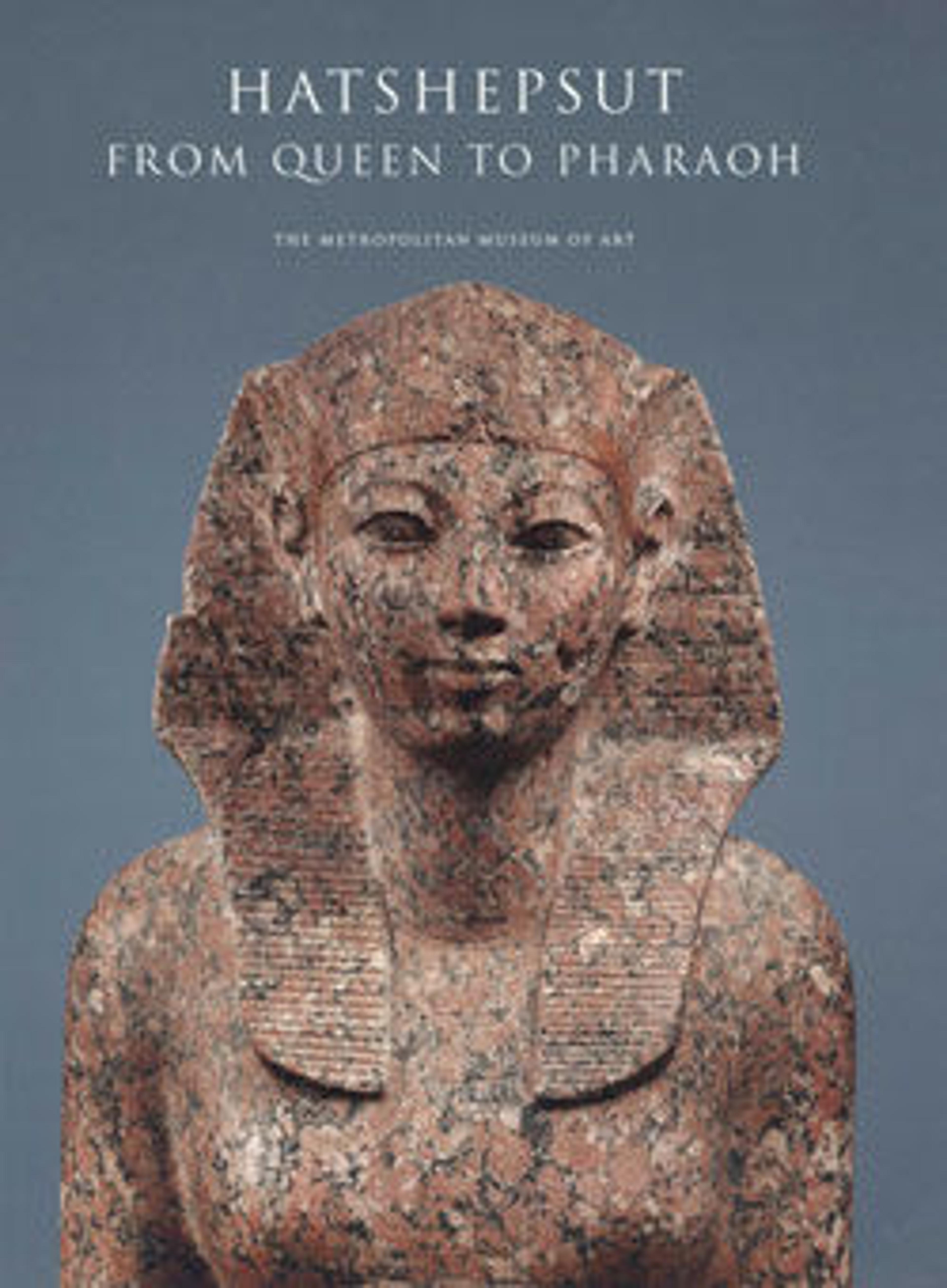Lotiform chalice
This fragmentary cup, in the form of a partially open blue lotus flower, belongs to a group of glass vessels that belonged to three foreign wives of Thutmose III, the nephew and co-ruler of Hatshepsut. At this time, the art of glass manufacture was relatively new to Egypt, but the shape of the cup is typically Egyptian, suggesting that it was made in Egypt and not imported like another glass vessel from the same group (26.7.1175). The outer surface is engraved with a pattern of lotus petals, one of which is inscribed with the words "The Good God, Menkheperre, given life."
Artwork Details
- Title:Lotiform chalice
- Period:New Kingdom
- Dynasty:Dynasty 18
- Reign:reign of Thutmose III
- Date:ca. 1479–1425 B.C.
- Geography:From Egypt, Upper Egypt, Thebes, Wadi Gabbanat el-Qurud, Wadi D, Tomb of the Three Foreign Wives of Thutmose III
- Medium:Glass, gold
- Dimensions:H. 7.5 cm (2 15/16 in.); diam. 8.6 cm (3 3/8 in.)
- Credit Line:Bequest of the Earl of Carnarvon, 1923
- Object Number:23.9
- Curatorial Department: Egyptian Art
More Artwork
Research Resources
The Met provides unparalleled resources for research and welcomes an international community of students and scholars. The Met's Open Access API is where creators and researchers can connect to the The Met collection. Open Access data and public domain images are available for unrestricted commercial and noncommercial use without permission or fee.
To request images under copyright and other restrictions, please use this Image Request form.
Feedback
We continue to research and examine historical and cultural context for objects in The Met collection. If you have comments or questions about this object record, please contact us using the form below. The Museum looks forward to receiving your comments.
